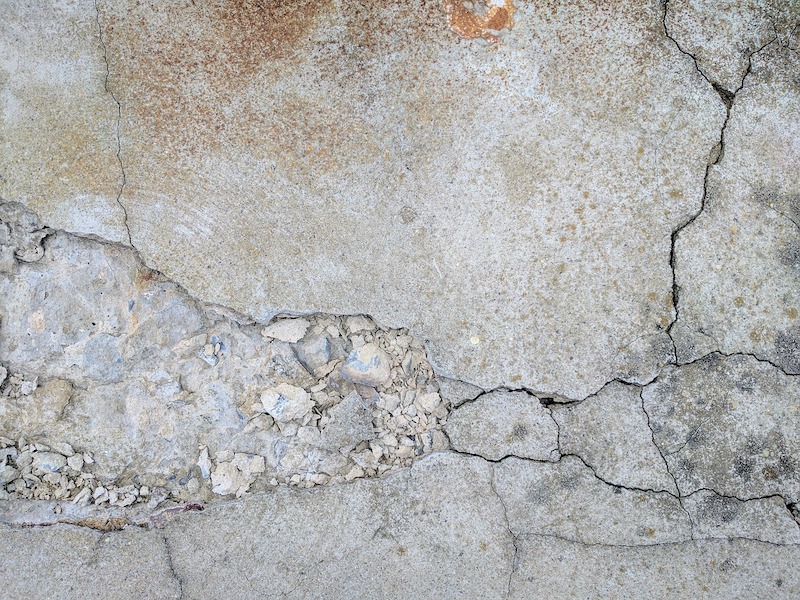Florida recently became the third state to adopt the American Concrete Institute’s latest code for repair of concrete structural elements in buildings.
ACI 562-19 Code Requirements for the Assessment, Repair and Rehabilitation of Existing Concrete Structures will be effective Dec. 31, 2020, when the seventh edition of the Florida Building Code becomes law. The code change establishes minimum requirements for design, construction, repair, and rehabilitation of concrete structural elements in buildings for various levels of desired performance as deemed appropriate for the project.
“In addition to improved life safety, the requirements clearly define objectives and anticipated performance for the code official, owners, designers, contractors, and installers,” according to an ACI news release.
“Adopting ACI 562 provides the public a level of expectation regarding life safety and overall performance where repairs or rehabilitation are performed on concrete structural elements,” said Ronald G. Burg, PE, executive vice president, American Concrete Institute.
Related Stories
| Mar 15, 2012
Construction industry a big winner in federal small disadvantaged business procurement
Last year, only 5% of federal contract dollars went to small disadvantaged businesses. Construction and facilities support firms were the biggest beneficiaries.
| Mar 15, 2012
ANSI approves new fall protection standards
The American National Standards Institute (ANSI) has approved two American Society of Safety Engineers' (ASSE) standards addressing fall protection.
| Mar 8, 2012
Engineering innovation provides new option for meeting seismic codes in skyscrapers
Two University of Toronto engineers have developed “viscoelastic-energy-dissipating dampers” to replace many of the heavy concrete beams used in tall structures.
| Mar 8, 2012
CSI webinar on building code compliance March 22
A March 22 webinar will provide an overview of a 28-step process during the design of a building to ensure compliance with building codes.
| Mar 8, 2012
Federal silica dust rule caught in bureaucratic limbo
A federal rule meant to protect the lungs of workers has been caught in bureaucratic purgatory for more than a year.
| Mar 8, 2012
New LEED-EBOM rating has requirements for specific project types
Several key changes are proposed for the LEED-EBOM Rating System in 2012.
| Mar 8, 2012
Green buildings more resilient than conventionally built structures
A new study by the U.S. Green Building Council (USGBC) and the University of Michigan’s Taubman College of Architecture and Urban Planning suggests that structures built to green standards can advance building resiliency.
| Mar 1, 2012
LEED Platinum standard likely to mean net-zero energy by 2018
As LEED standards continue to rise, the top level, LEED Platinum, will likely mean net-zero energy construction by 2018.















